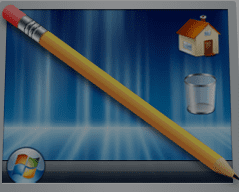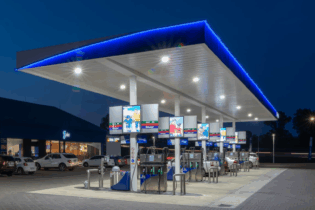By Yolandi Booyens, Marketing/Copywriter at Dovetail
How best can you ensure your logistics software system is supplying the correct type and level of service you require? To do this, ask yourself: Is this what I expected and was promised by the supplier? Also, is it worth the investment and is it giving any return? This calls for you to monitor and measure the benefits the system provides. Note that in addition to the actual operation there are other aspects of service provision that need to be addressed. For example, apart from the fact that your transport or warehouse management system must be based on a recognised, solid technical platform, it should be able to be upgraded and able to grow in line with your business and should integrate easily with any existing systems your are using. A transport or warehouse management system should be customised to service your organisations’ specific needs and requirements. This means provision of useable information with which you are able to fine-tune your business and make effective, meaningful decisions. It is important to look at making your IT system as effective as possible. Most people only use between 20% and 40% of any software package. This is a complete waste as there is obviously immense value in the remaining unused portion. What’s more, you already paid for it! It is up to you to get the most out of your investment. Work with the supplier to ensure you are maximising its potential.A key factor here is to conduct a post implementation system’s audit. This must be done in conjunction with the supplier at least three months after installation and should indicate just how successful the system is working and how well your IT staff operate it. The results of this audit should be linked to ongoing training as well as iron out any wrinkles in the system and to add further enhancements. A good system will change and grow in line with your business.
Another aspect of keeping the system in tip-top condition are regular ‘check-ups’. In this respect the supplier should be able to provide reliable support and ongoing training. Training and user manuals are all very well but often just get used to raise the monitor or act as paperweights. It is pertinent to note that these services do not come free of charge but should be seen as money well spent. Potential buyers should ask the supplier for a total implementation, operating and training costs. All too often people buy on immediate costs only. No cognisance is taken of upgrades, licence fees, training, service and maintenance costs. Remember, IT is not a ‘once off’ cost but an ongoing investment much in the same was as buying a new rig. As a rule of thumb, two to three percent of total company turnover should be spent on the IT budget for the business. In this respect, IT should not be looked at as an expense or a necessary evil. In reality, IT can be one of the most powerful revenue generators a company can invest in. A decent system should pay for itself within 12 months after which the added financial benefits resulting from improved efficiencies and customer relations can be added directly to the bottom line. Once again, your choice of service provider and software is all-important to ensure these objectives are achieved and you maximise your investment. Avoid paying unnecessary ‘school fees’ to learn that ‘paying peanuts buys you monkeys!’







